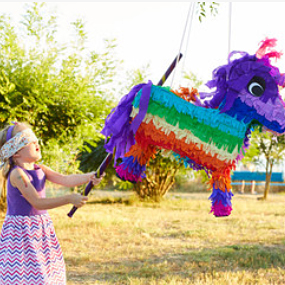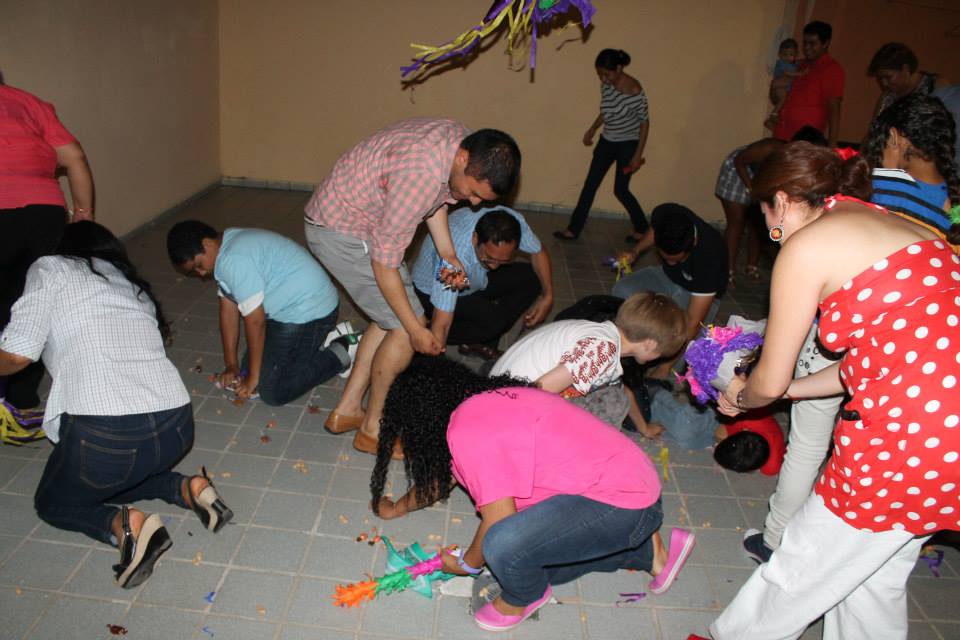Piñatas in Costa Rica

Piñatas are an ancient tradition from China where they are used for the New Year: in the shape of animals, filled with seeds and wrapped in colored paper. Marco Polo, the great explorer, took this tradition to Italy. From there it went to Spain and, with the arrival of the colonizers in the 16th century, the piñata arrived in America. The best known piñatas are the Mexican ones, but they are also found in Central America and other South American countries.
Piñatas in Costa Rica
In Costa Rica, they are usually made of cardboard, decorated with bright colors to match the theme of the party, be it superheroes, princesses or any other creative design; they are filled with candy, chocolates, small toys, confetti and -for those who want to play a joke- flour.
The piñata is tied to the end of a simple fixed pulley that is controlled by an adult. The children take turns trying to burst the piñata with a stick, which is usually the wooden stick from an old broom, which may have been trimmed. The adult adjusts the height of the piñata by releasing or picking up the wire to try to get all the children invited to the party to try to pop it. When the piñata bursts, it drops its contents and the participants scramble to collect as much candy as they can. Although the tradition has fallen into disuse, they are still used especially in birthday celebrations, especially for children, although there is always an adult with the soul of a child to break a piñata on his or her birthday.

Piñata exhibition at the Museum of Contemporary Art and Design
The exhibition “Who breaks the piñatas?” will be on display at the Museum of Contemporary Art and Design from August 25. This exhibition aims to reflect on this ancient tradition, not only as a festive element, but also as a reflection of society and a form of artistic expression.
Manuel Rojas, Lizeth Brenes, Ana Miranda and Silvia Torres participate in the exhibition. In addition, videos and installations by international artists such as María Camba (Spain), Sarah Clift (United Kingdom), Diana Benavidez (Mexico / United States) and Susana Sánchez (Costa Rica) are presented.
The exhibition is open to the general public and will be on display until February 11 at MADC.
Author: M. Barrantes for Sensorial Sunsets
Sources
Navigate articles




